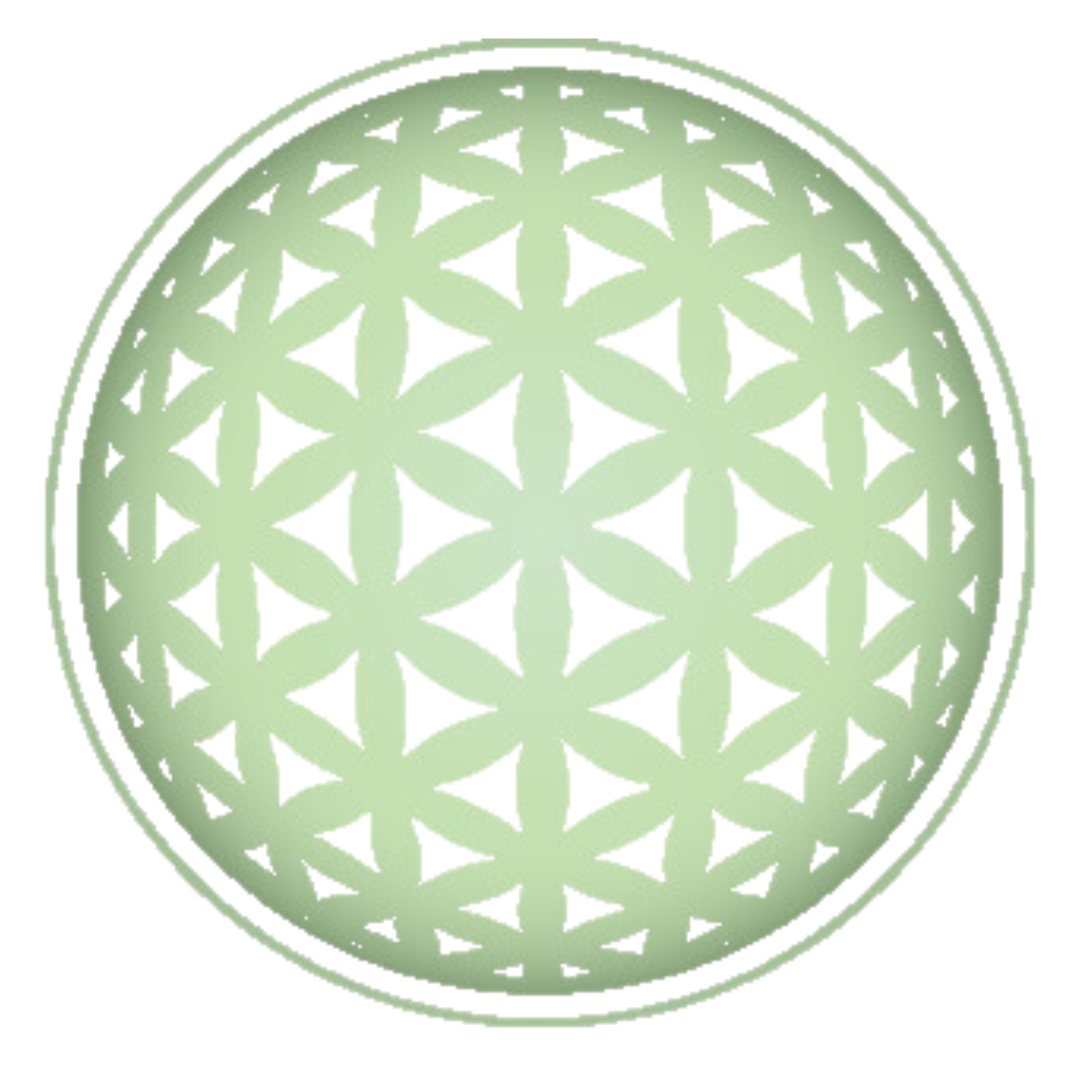The Ancient Practice of Pranayama
Pranayama, the ancient practice of breath control, has been an integral part of Indian spiritual traditions for thousands of years. Its roots can be traced back to the Vedic texts, which are some of the oldest scriptures in the world. Pranayama was initially transmitted orally from teacher to student as part of a broader yogic tradition. The term "pranayama" is derived from two Sanskrit words: "prana," meaning life force or breath, and "ayama," meaning extension or control. Over centuries, different pranayama techniques evolved, each designed to harness and regulate the life force within the body, leading to physical, mental, and spiritual well-being.
The mental and physical benefits of pranayama are profound. Physically, these techniques help to increase lung capacity, improve circulation, and balance the autonomic nervous system, leading to enhanced overall health and vitality. Mentally, pranayama calms the mind, reduces stress, and enhances concentration and mental clarity. On a spiritual level, pranayama is believed to purify the mind and body, facilitating deeper meditation and helping practitioners connect with their inner self. By mastering breath control, one can influence their prana, which is believed to affect the mind and consciousness, ultimately leading to higher states of awareness and spiritual awakening.
Traditionally, the ideal times to practice pranayama are during the early morning hours, known as Brahma Muhurta, or just before sunrise, when the environment is serene and the mind is naturally calm. Practicing at these times enhances the effectiveness of pranayama, as the body and mind are more receptive to the subtle energies that pranayama cultivates. However, pranayama can also be practiced at sunset or before bedtime, depending on the specific technique and the practitioner's lifestyle.
Learning pranayama from an experienced instructor is crucial due to the subtle and powerful nature of these techniques. An instructor can provide personalized guidance, ensuring that the practitioner performs the techniques correctly and understands how to listen to their body’s responses. This is especially important because improper practice can lead to imbalances or even harm. A skilled teacher can help students progress safely, recognizing the unique needs and limitations of each individual, and gradually deepening their practice.
Historically, pranayama was part of an oral tradition, passed down from guru to disciple in a lineage that ensured the integrity and depth of the teachings. This method of transmission emphasized the importance of experiential learning and the subtle nuances that cannot be fully conveyed through written texts. The oral tradition fostered a deep bond between teacher and student, allowing for the cultivation of not just technique, but also wisdom and insight into the practice. Today, while written resources are available, the tradition of learning pranayama under the guidance of a knowledgeable teacher remains highly valued in order to fully grasp the profound benefits it offers.
Looking to dive deeper into this ancient healing practice? Check out our annual Pranayama Apprenticeship

